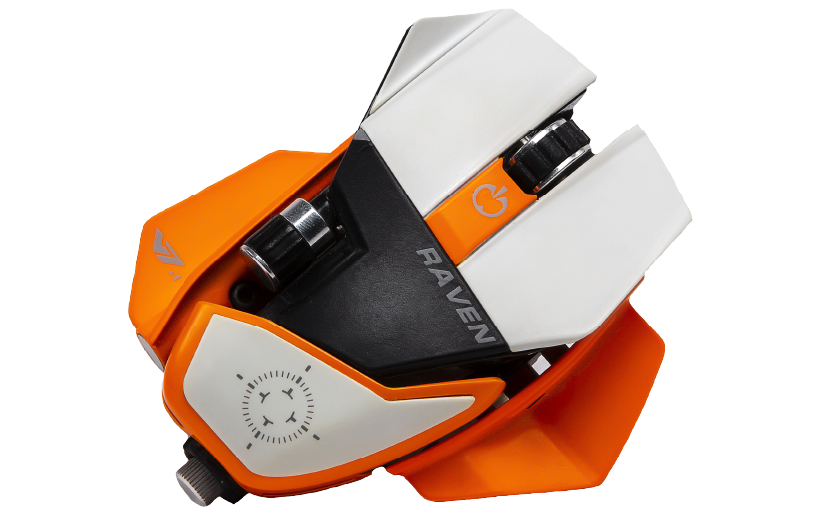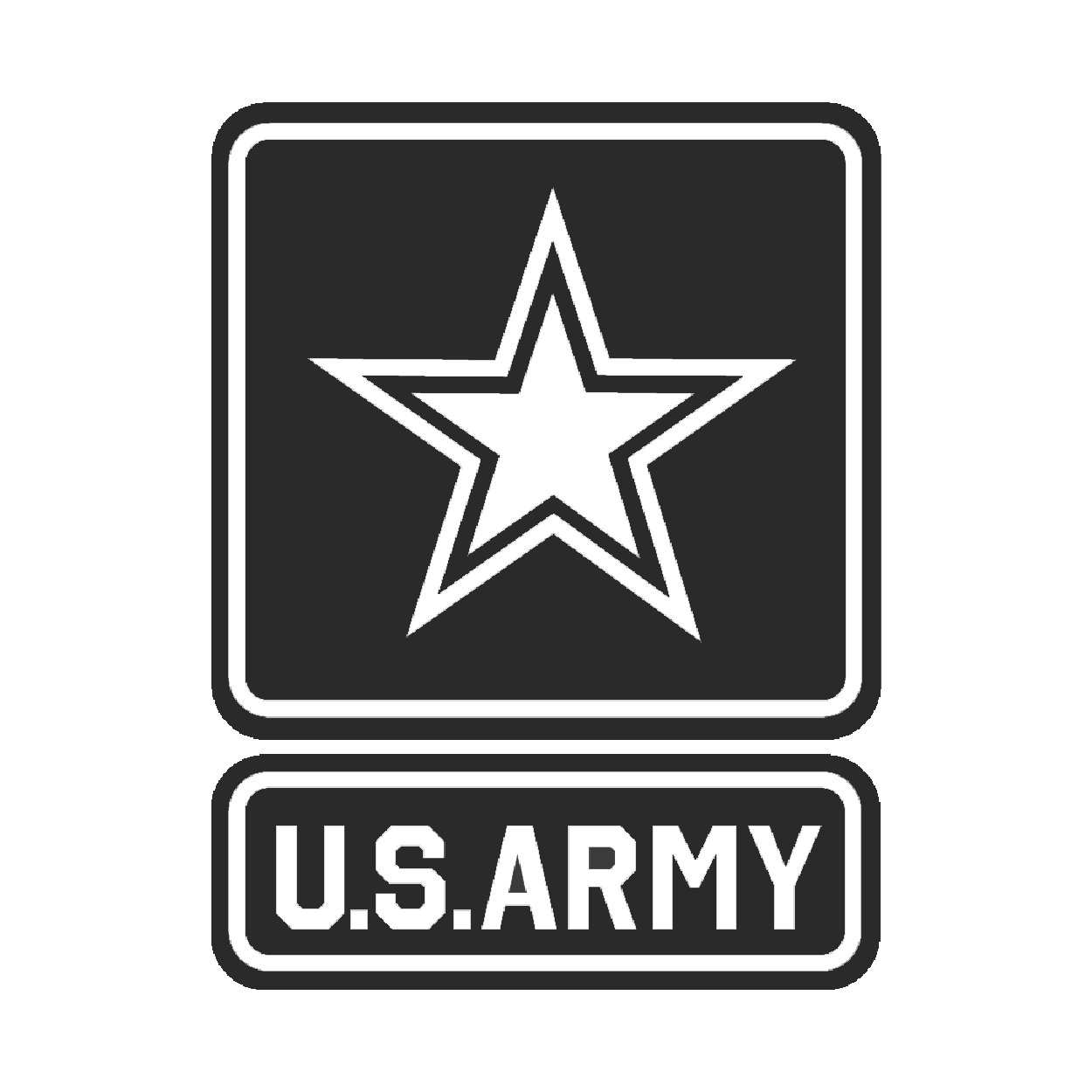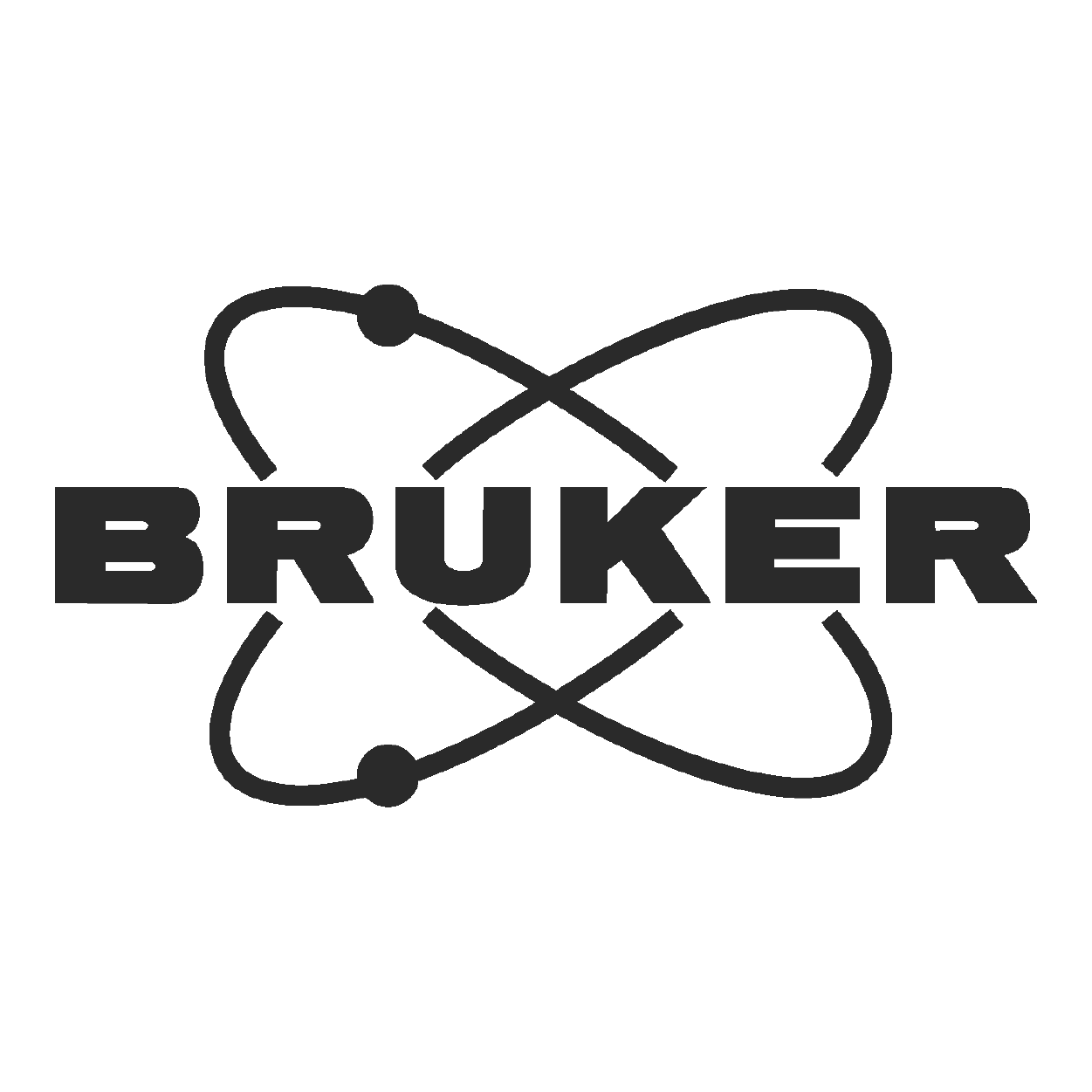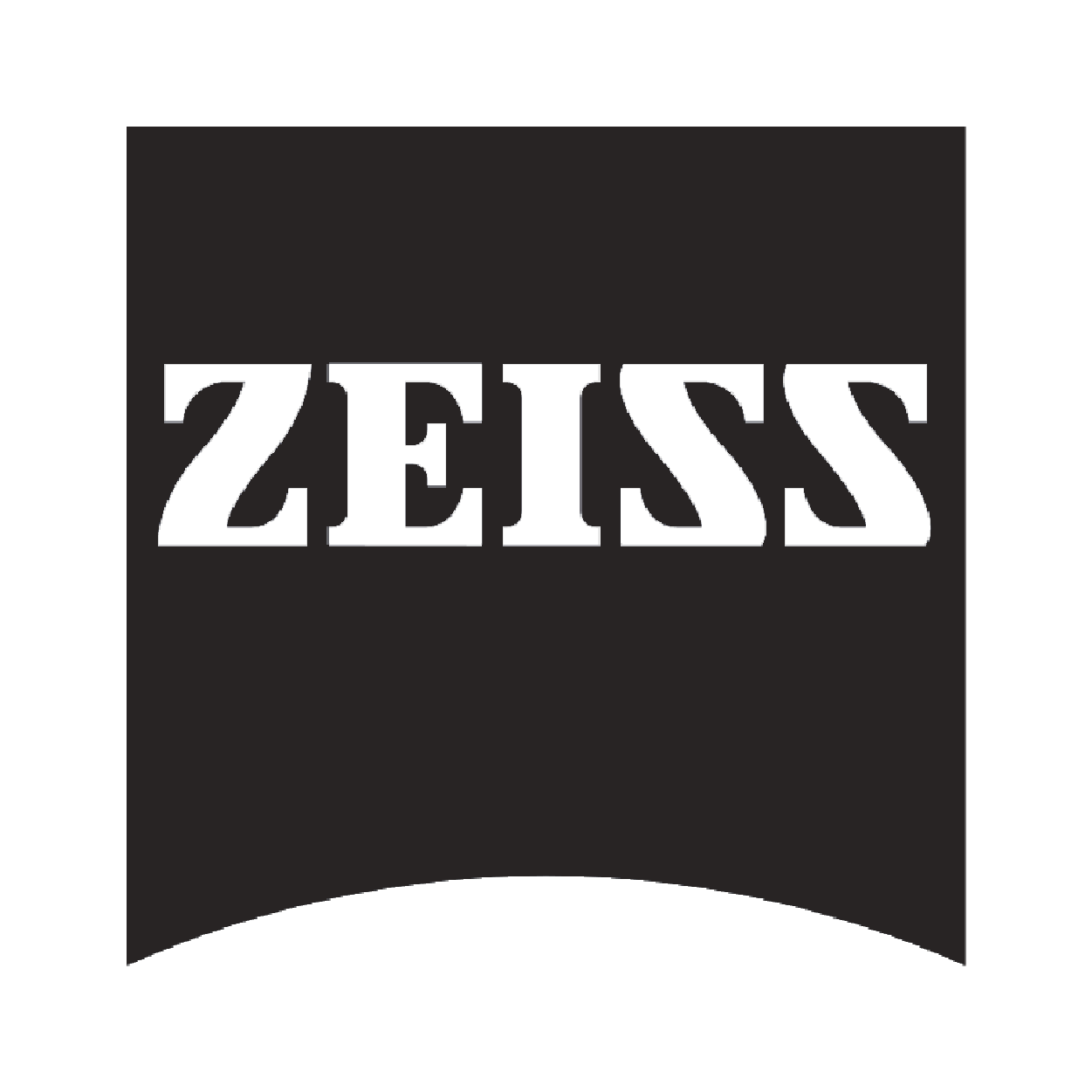Added Value Services:
Visual Models
Prototek’s visual model services offer the following:
- Aesthetically Pleasing Concept Models
- Prove Product Viability
- Speed to Market
- Instant and Engineer-Assisted Quotes
- Certifications: ISO 9001:2015, AS9100D, and ITAR
- Instant and Engineer-Assisted Quotes
- Certifications: ISO 9001:2015, AS9100D, and ITAR
-
Instant and
Engineer-Assisted
Quotes - 100+ Materials
-
40+ Surface
Finishes -
Certifications:
ISO 9001:2015,
AS9100D, and ITAR -
In-House Services: 3D Printing,
CNC Machining, Urethane Casting,
and Sheet Metal Fabrication
Our Process is Simple.
Upload a CAD file and request a quote.
Our team will start production.
Once complete, it passes through quality control.
Lastly, our team ships the part(s) to you.

What is a visual model?
A visual model physically represents a product or prototype to communicate design ideas and concepts to stakeholders, such as designers, engineers, clients, and investors. It is a crucial tool that helps visualize and test the functionality, form, and aesthetics of a product idea in the early stages of the design process. By creating a concept model, designers can evaluate their ideas and make informed decisions about the final product design and production.
A visual model is created using various materials such as foam, wood, plastic, or metal, depending on the product’s nature and the model’s intended purpose. These materials are used to create a physical replica of the product idea, which can showcase the design’s features, dimensions, and other details.
This approach helps convey the designer’s vision to stakeholders and provides a hands-on experience, allowing stakeholders to understand the product idea better. Furthermore, it enables designers to test the product’s feasibility, identify design flaws, and make changes accordingly, leading to a more refined product design.
In conclusion, creating a visual model is an essential and effective way to communicate design ideas and concepts, refine product designs, and make informed decisions about the final product design and production. Such as foam, wood, plastic, or clay, depending on the product’s nature and the model’s intended purpose. These materials are used to create a physical replica of the product idea, which can showcase the design’s features, dimensions, and other details.
Why get a visual model made?
Having a physical model of the product makes it more manageable to identify any design flaws, make necessary modifications, and ensure that the final product meets consumer expectations. It also helps save time and money in the long run by identifying and addressing any issues early in the design process.
Visual models can also serve as a marketing tool by highlighting the product’s unique design and features, which can attract potential customers. Overall, creating a concept model is an essential aspect of ensuring the final product’s success and quality.
Manufacturing Capabilities
We have an extensive list of capabilities. If your project requires something else, let us know! We’ve worked with fibers and other capabilities.
- Additive Manufacturing
- CNC Machining
- Sheet Metal Fabrication
- Silicone & Cast Urethane
- Extensive Finishing & Post-Processing


Prototek's Materials
Three standard manufacturing methods create visual models: additive manufacturing plastics, CNC machining, and sheet metal fabrication. Additive manufacturing, is an excellent process for creating custom parts with intricate details. CNC machining, on the other hand, is ideal for making precise parts that have tight tolerances. Sheet metal fabrication involves the creation of complex shapes and structures that can be difficult to produce with other methods.
Visual models are created to test the functionality and design of a product before it goes into production. Using these methods, designers and engineers can create prototypes that closely resemble the final product, allowing them to assess its functionality and make any necessary changes before investing in expensive production tools and processes.
While each method is suitable for creating visual models, they have limitations and benefits. For instance, additive manufacturing is great for creating complex geometries with intricate details. CNC machining is ideal for making parts with high accuracy and precision, while sheet metal fabrication is perfect for creating thin-walled and lightweight components.
Therefore, it’s crucial to carefully consider which method is best suited for a specific project. This will help ensure the visual model is accurate and reliable, providing a solid foundation for the final product.
Finishes for Visual Models
Finishing for visual models is an essential step in the design process. It involves refining prototypes’ surface texture and appearance to represent the final product accurately. Finishing can be achieved in many ways, including sanding, painting, and adding decals or other surface treatments. The goal is to create a realistic and visually appealing prototype that accurately represents the final product’s design and functionality. Finishing also aids in evaluating the ergonomic and aesthetic qualities of the invention, helping designers identify areas for improvement. Additionally, finishing can help generate interest and excitement in the design, whether for internal review or presented to external stakeholders. Finishing concept models can significantly enhance the design process, resulting in a better final product.

Why choose Prototek for your next concept model project?
If you are looking for a trustworthy and dependable partner to assist with your concept model projects, look no further than Prototek. With over 30 years of experience in the industry, Prototek has become a leading expert in concept model creation and prototyping. Using cutting-edge technologies such as 3D printing and CNC machining, Prototek can create high-quality concept models with precision and accuracy. Moreover, their customized solutions cater to your specific project requirements, ensuring that your concept model is tailored to your exact needs. Prototek also has a highly skilled team, which enables them to efficiently deliver concept models in a quick turnaround time. Finally, if competitive pricing is a concern, fear not, as Prototek offers affordable options without sacrificing quality. Overall, Prototek is the perfect partner for all of your concept model project needs.







